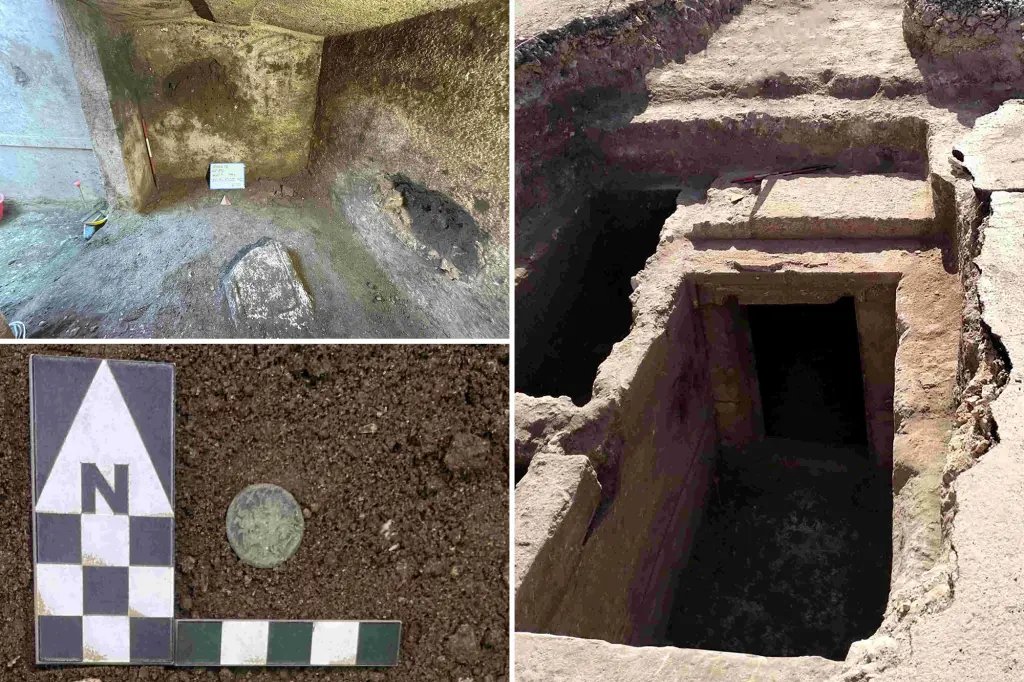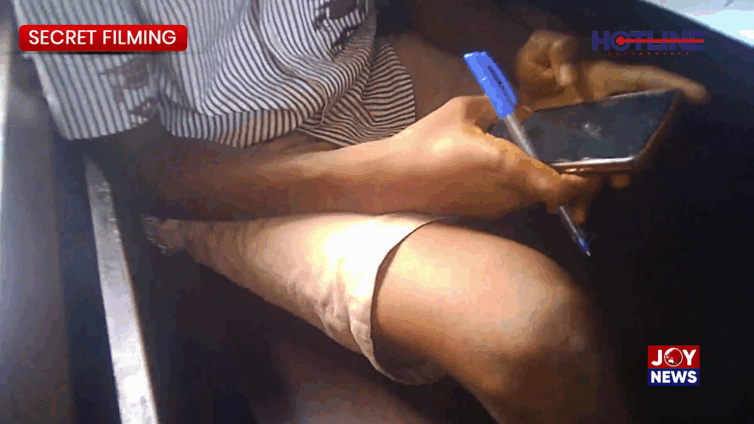By Irishexaminer.com
Copyright irishexaminer

The American digital critic Neil Postman foresaw what was coming more than 40 years ago. The “private matters” of citizens, he wrote, “have been made more accessible to powerful institutions. They are more easily tracked and controlled; are subjected to more examinations; are increasingly mystified by the decisions made about them; are often reduced to mere numerical objects. They are inundated by junk mail. They are easy targets for advertising agencies and political organisations.”
These comments, from his 1982 book Technopoly: The Surrender of Culture to Technology, might easily form part of a blurb for RTÉ’s Prime Time report highlighting how easily sensitive personal information about tens of thousands of individuals in Ireland can be purchased.
The programme identified security concerns about data that can be accessed through a process known as “real-time bidding” (RTB), which allows advertisers to make offers for online ads based on traits and characteristics of internet users. Typically, this will include the movement and location details of the public accessing websites via their mobile phones.
The RTÉ investigation includes sample data from 64,000 phones in Ireland, and is being investigated by the Data Protection Commission.
Most of us are aware that taking out mobile phone contracts, particularly with “smart” devices, involves a Faustian pact in which we provide some personal information in return for a gain in convenience. But the level of drill down into our lives is not so widely understood by many customers.
“Failure to engage with the RTB issue” creates acute risks to fundamental rights and national security, says the Irish Council for Civil Liberties.
It’s not as if we haven’t been warned time and again about our vulnerabilities. In Ireland, the benchmark for a cyber attack remains the ransomware assault on the Health Service Executive in May 2021, which caused the shutdown of all its IT systems nationwide. In April, research from insurance broker and risk management company Gallagher suggested that 90% of Irish businesses have suffered some form of financial loss and commercial disruption from this source in the past five years.
Beyond these shores, the situation is even more bleak. This week, Germany’s digital association, Bitkom, suggested that attacks, predominantly from foreign intelligence agencies, had cost the economy almost €300bn.
“The trail leads relatively clearly and unambiguously to the east, with two countries at the forefront: Russia and China,” said Ralf Wintergerst, Bitkom’s head.
In the UK, Jaguar Land Rover’s suppliers have been warned that car production may not resume until November. The assembly lines of the country’s biggest automotive supplier, with 33,000 employees, have been paralysed for a fortnight by hackers who have also been linked with attacks on Marks and Spencer.
The car giant — which makes Range Rover, Discovery, Defender, and Jaguar vehicles — says it is “working around the clock” to resolve the crisis and “restart our global applications in a safe and controlled manner”.
Thousands of plant workers have been sent home. A shutdown until November would prevent JLR from producing almost 50,000 cars, and cost billions in lost sales.
Unions have been calling for taxpayer support for suppliers. Unite general secretary Sharon Graham, who has strong Irish connections with a mother from Abbeyfeale, Co Limerick, said ministers must “act fast” and introduce a covid-style furlough scheme to ensure “vital jobs and skills are not lost”.
Technology, it is clear, is both friend and enemy. It can give us benefits, but also take them away.
Given what is happening in the world, it is a foolish person who fails to consider how to live without it.
Housing figures reveal the ghost of crisis past
There is a pulse-raising codicil to be found in the fine detail of Ireland’s Residential Property Price Index issued this week by the Central Statistics Office (CSO).
The data shows that house prices are now 20.9% higher than their Celtic Tiger peak in April 2007 and are almost 170% higher than the low they reached in early 2013.
Remember 2007? When borrowers of all incomes, and none, were enthused to get in on the housing boom?
That halcyon year when few of us had heard of Fannie Mae and Freddie Mac; knew nothing of whizzy financial instruments such as “collateralised debt obligations”, “credit default swaps”, or the subprime mortgage market.
Those days of lost content before the banks started to collapse and had to be rescued by the taxpayer.
In the market of 2025, where demand greatly outstrips supply, the CSO notes that Irish house prices continue to rise at a steady rate with the median now standing at €374,999; further growth is anticipated in September and October.
Trevor Grant, chairman of Irish Mortgage Advisors, observed that a 12.5% fall in the number of new homes granted planning permission in the second quarter of this year “doesn’t bode well” for those struggling to buy a home.
And he added an even more concerning rider: “Many locals are being priced out of their home towns and areas once considered affordable for commuters are no longer so.”
Our politicians do not need to read Macbeth to understand that “by the pricking of their thumbs something wicked this way comes”, and there have been several recent indications that they are becoming leery at the concept of the economy overheating. Hence the prevailing mood music about instilling a more cautious approach in next month’s budget.
But there is a fine line for the Government between warning about prudence and scaring the horses, which is why its long-awaited new housing plan is crucial to its future.
Finance minister Paschal Donohoe acknowledged that the Central Bank’s projection of 32,500 homes being built this year was “about right”, but that must surely be regarded as a baseline.
After the 2024 retreat from the headline figure of 40,000, there will be little public tolerance for any further slippage.
The latest figures show a lack of progress in apartment building, and even a decline in new housing schemes.
It’s a symbolic moment, therefore, for the ’dozers and diggers to move in on the former Sextant Bar site in the centre of Cork for the 24-storey Railway Apartments tower.
The development, which will be Ireland’s tallest building, will deliver 217 mixed-tenure flats.
It will take two years to complete, a reminder that providing quality new housing is a long game, and a challenging dilemma for a wealthy country which is growing impatient.



